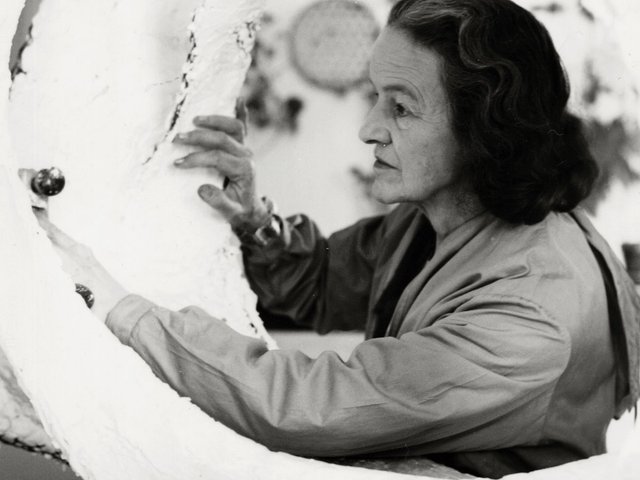“She introduces [her career] with her own insightful words [...] covering subjects from the influence of ancient Greece and architecture, to the importance of gender in her work”
• Click here for more reading lists on the world's greatest artists
“I would like to be an astronaut and go round the moon, and maybe remain in orbit forever,” wrote the British artist Barbara Hepworth in 1971. It sometimes seems that Hepworth’s sculptures have forever been in our orbit, with their familiar and universal forms. But it is easy to forget that they were carved in wood, hewn from stone or cast in bronze less than a century ago by the remarkable sculptor, now considered to be one the UK’s greatest artists.
The above quote is included in a new biography Barbara Hepworth: Art & Life by Eleanor Clayton, published this month, and begins more prosaically with Hepworth describing how she is “unutterably bored by the false surroundings” of a transatlantic flight. She eschews the “colour TV, cigar smoke and champagne” and instead convinces the pilot to let her sit up front to draw the sunrise, where she marvels at this miracle of manned flight. Hepworth wrote extensively about her work, as well as the latest technological developments, politics, and her love of poetry, music, and dance. Previously unpublished correspondence is drawn upon in the book, revealing not only her detailed thoughts about her sculptures but also the practicalities of being a working mother of four (including triplets!).
As well as writing the new biography, which includes a foreword by the novelist Ali Smith, Clayton has also curated a major survey of the artist, which opens at the Hepworth Wakefield on 21 May. Below are five books she has selected for anyone wanting to know all about the life and work of Barbara Hepworth.
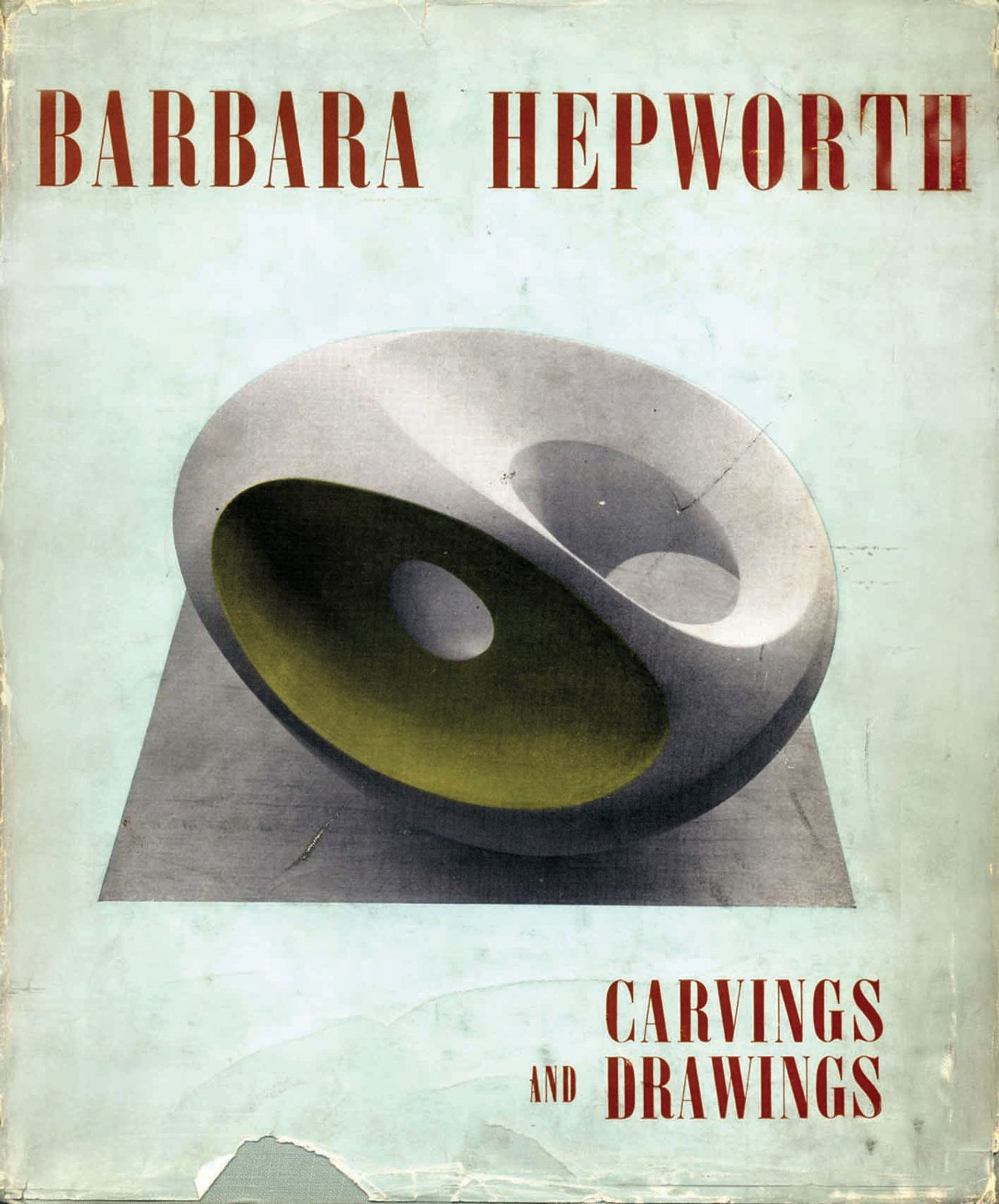
Carvings and Drawings (1952) by Barbara Hepworth
Carvings and Drawings (1952) by Barbara Hepworth
“In this [now rare] first full monograph of Hepworth’s work, her career (up to that point) is separated into six sections, which she introduces with her own insightful words. Covering subjects from the influence of ancient Greece and architecture, to the importance of gender in her work at a time when feminist theory was in its nascent stages, it is the best place to begin learning about her art and life.”
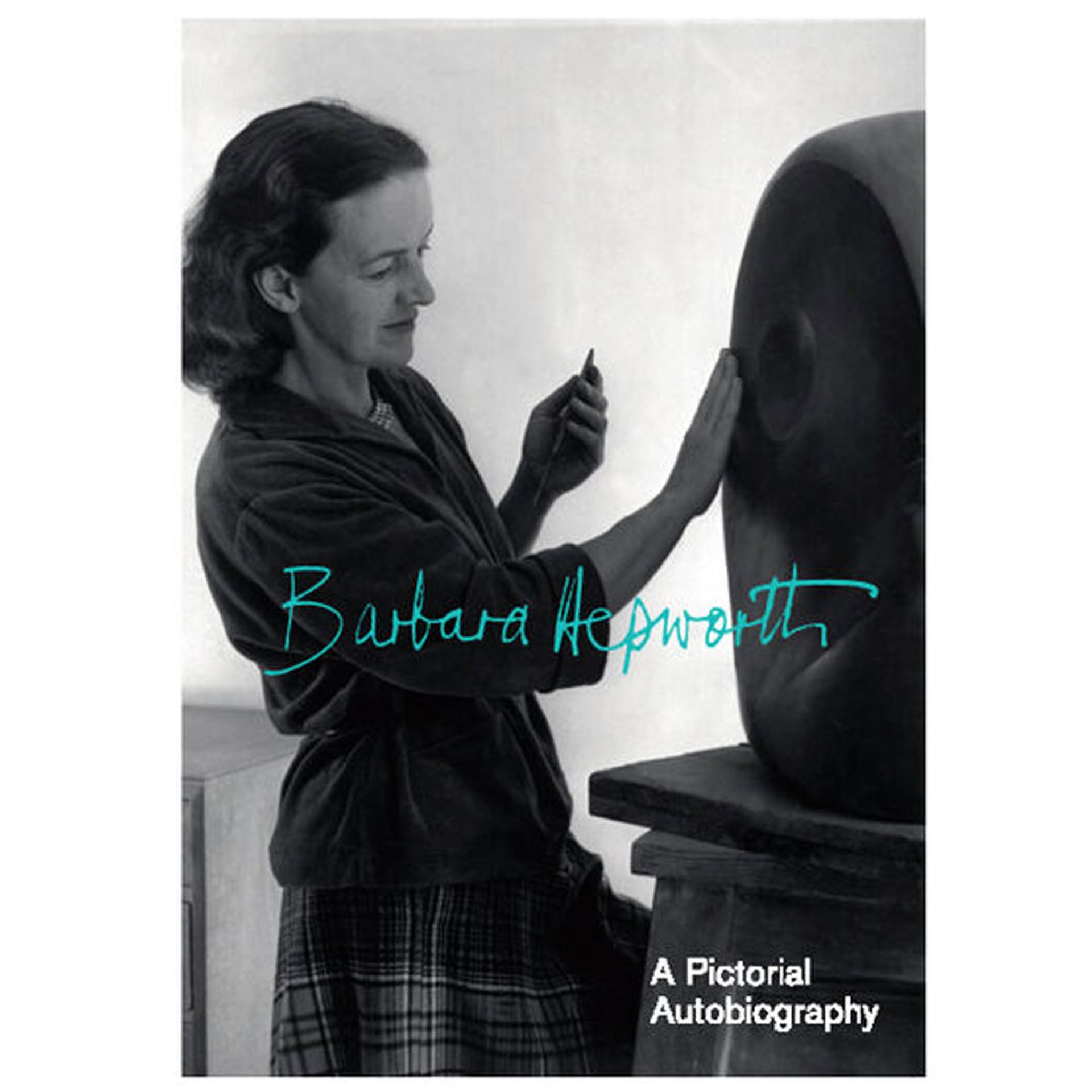
Pictorial Autobiography (1971) by Barbara Hepworth
Pictorial Autobiography (1971) by Barbara Hepworth
“Nearing the end of her life, Hepworth compiled this pictorial autobiography with the aid of her son-in-law, Alan Bowness, who would later go on to become the director of Tate. Presented in an engaging, scrapbook format, key publications and exhibitions are highlighted alongside important friends and influences.”
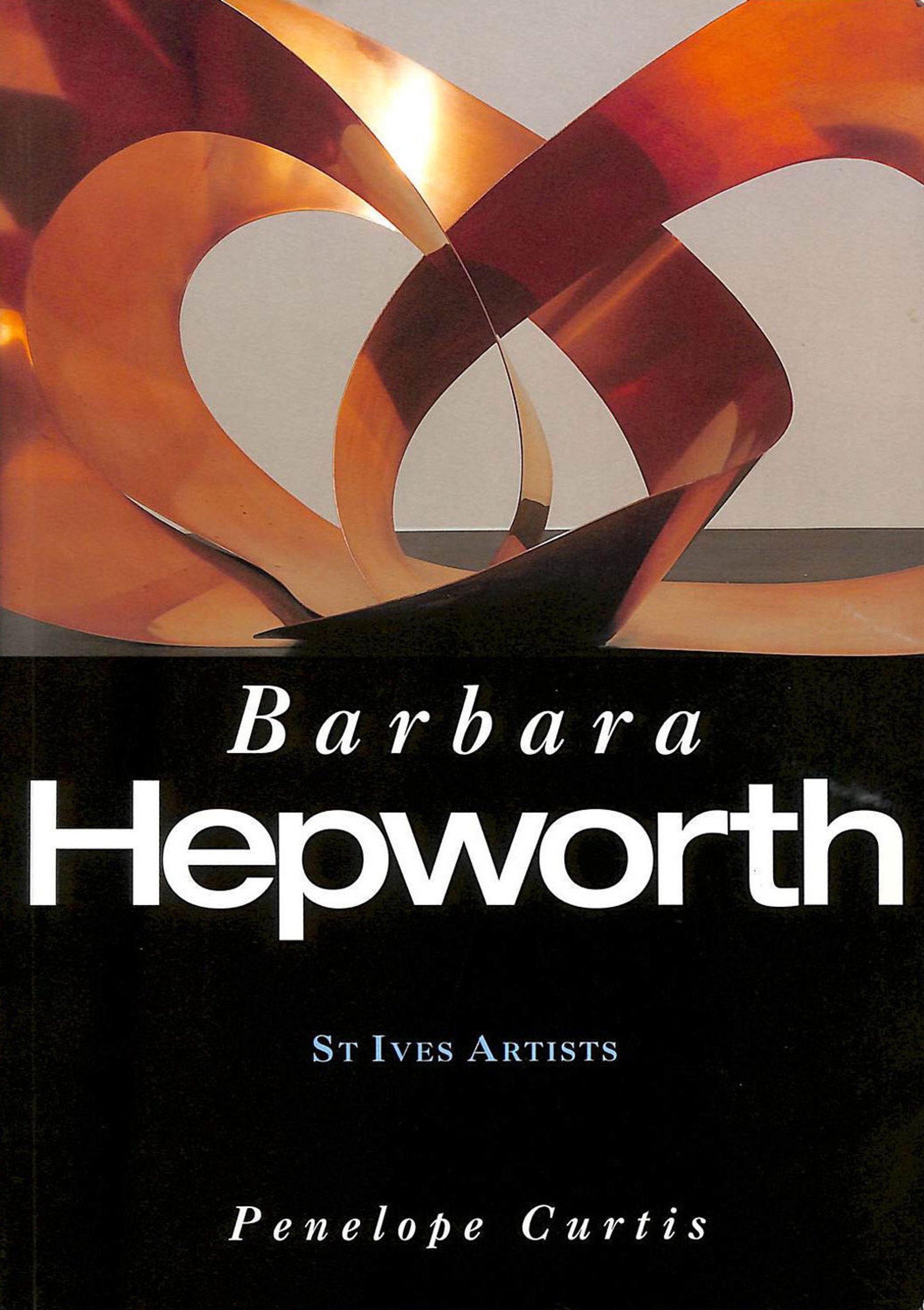
Barbara Hepworth (1998) by Penelope Curtis
Barbara Hepworth (1998) by Penelope Curtis
“The former Tate Britain director Penelope Curtis has done more than most to promote Hepworth as one of the most important artists of the 20th century. Her slim but compelling introduction to Hepworth’s career concludes with ‘a challenge to a new generation of critics and writers… discussion must now centre on her own terms and what they meant… placing her sculpture within its wider context’.”
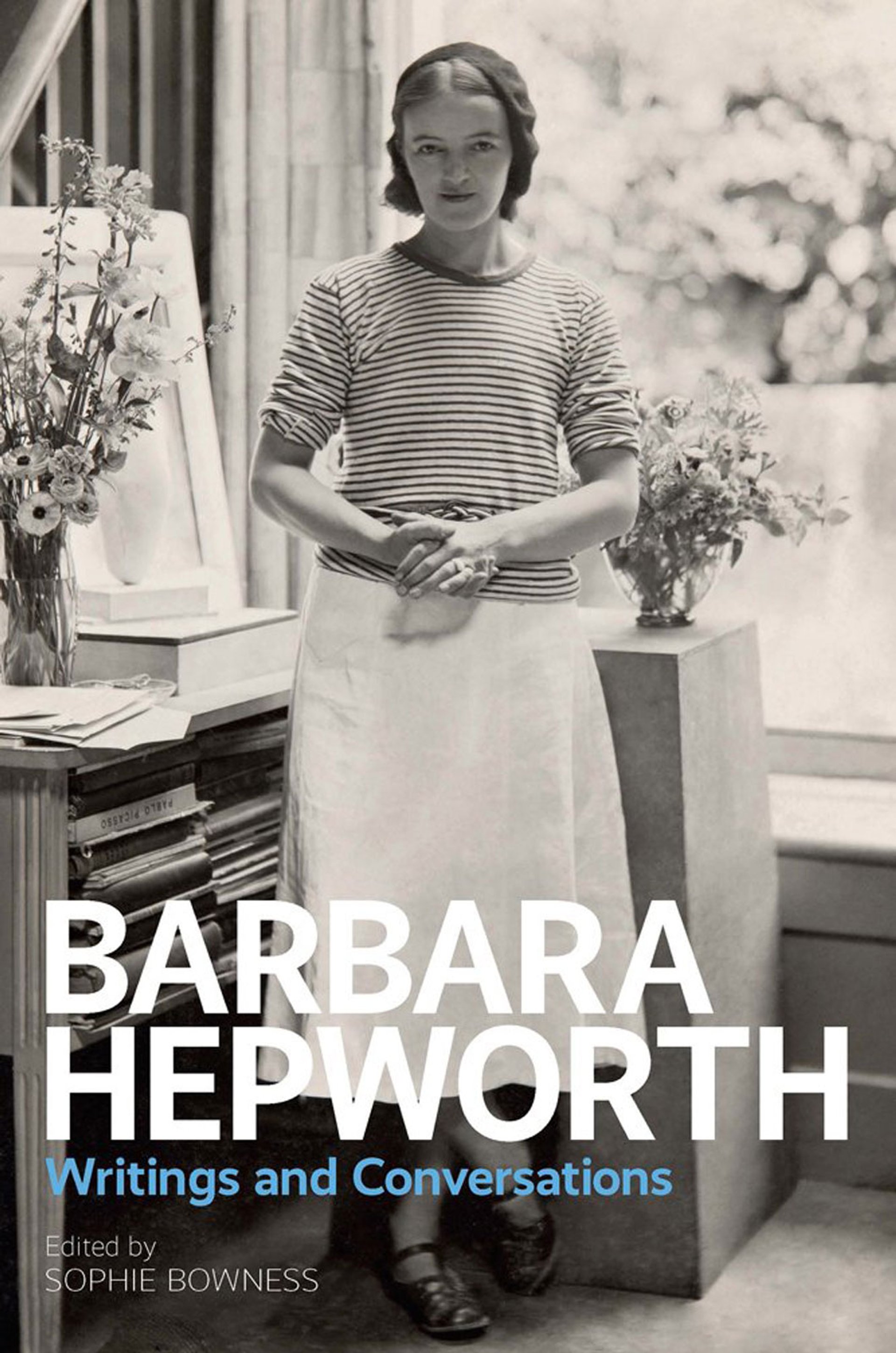
Barbara Hepworth: Writings and Conversations (2015) edited by Sophie Bowness
Barbara Hepworth: Writings and Conversations (2015) edited by Sophie Bowness
“This illuminating collection brings together Hepworth’s published writings, unpublished notes, transcripts and notable interviews from across her whole career. Highlights include a new translation of a text she wrote in 1933 originally published in French for the Paris-based avant-garde journal Abstraction-Création; poetry written on the advent of war in the late 1930s; and texts written in advocacy of nuclear disarmament in the 1950s and 60s.”
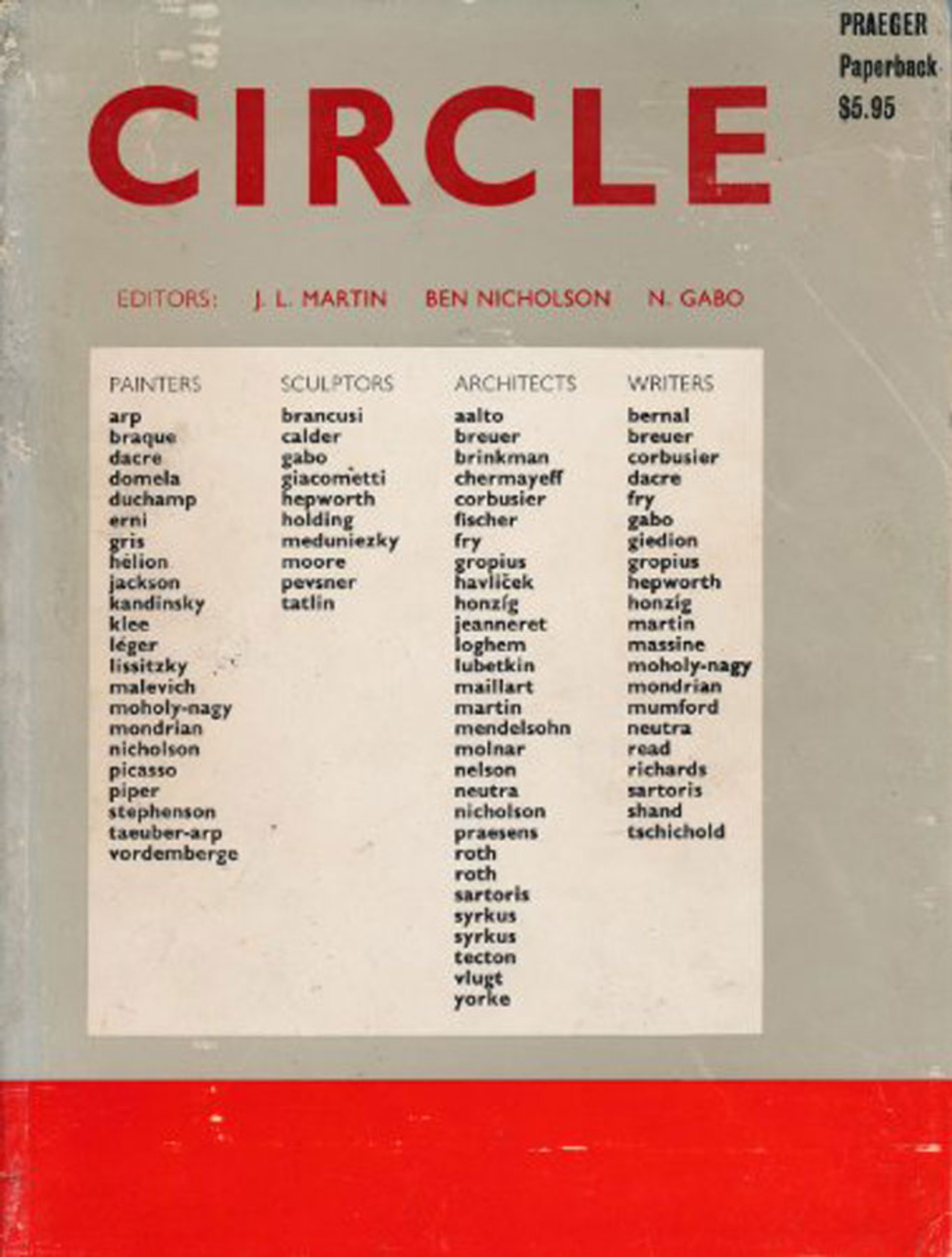
Circle: International Survey of Constructive Art (1937) edited by Naum Gabo, John Leslie Martin and Ben Nicholson
Circle: International Survey of Constructive Art (1937) edited by Naum Gabo, John Leslie Martin and Ben Nicholson
“While not strictly a book on Hepworth, this publication encapsulates the utopian spirit of the 1930s modern movement of which Hepworth was a central part. Hepworth worked on the layout and production—what she later called ‘the dirty work’—and contributed an essay that outlined her philosophy and its relation to sculpture:
The consciousness and understanding of volume and mass, laws of gravity, contour of the earth under our feet […] these are surely the very essence of life, the principles and laws which are the vitalization of our experience, and sculpture a vehicle for projecting our sensibility to the whole of existence […] These formal relationships have become our thought, our faith, waking or sleeping—they can be the solution to life and to living.
A photograph of Hepworth’s work also appears alongside an essay on Art and Science by the Irish scientist J.D. Bernal, illustrating the shared intuition of mathematicians and sculptors in understanding the connectivity between all matter.”
• Barbara Hepworth: Art & Life, Eleanor Clayton, Thames & Hudson, 288pp , £25 (hb)
• Barbara Hepworth: Art & Life, Hepworth Wakefield, 21 May-27 February 2022




